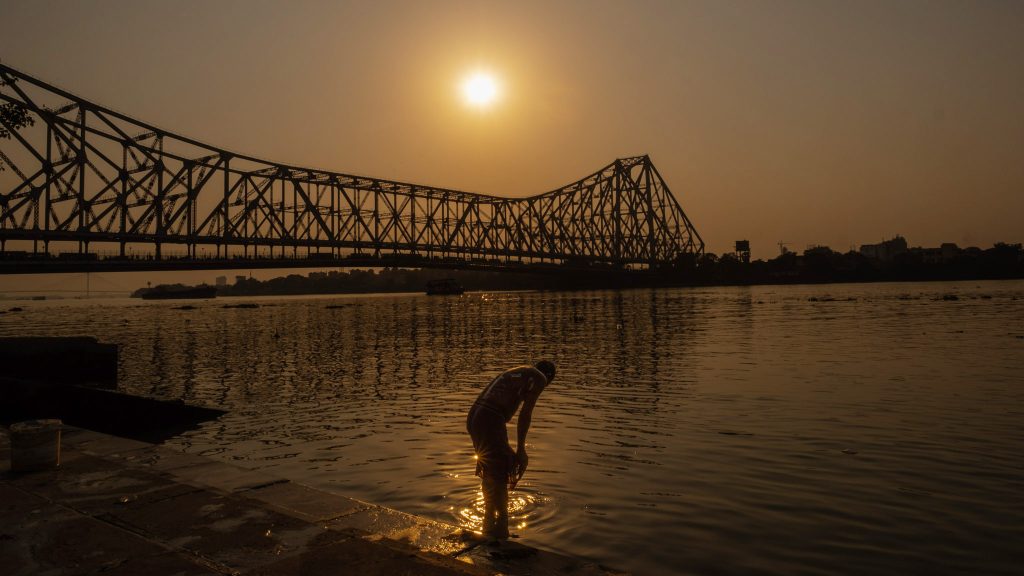Do we TAKE or MAKE photographs?

The idea of photographers “making” a photograph instead of just “taking” a photograph raises its head every once in a while.
I remember back when digital photography was viewed as suspect because it made the “taking” of a photograph too easy, as opposed to using a film camera where you had to “get it right” in the camera.
Then, when digital photography became the norm, the controversy changed to “has it been Photoshopped?” … as if the use of software to process the photograph was somehow “cheating”.
With the advent of AI tools for photographers, this spectre has once more returned to haunt us, with claims that using AI tools to work on one’s image is somehow the equivalent of using AI to create a photographic-looking image.
AI tools abound in digital editing software. If you’re using Adobe Lightroom or any other editing tools, you’re already relying on machine learning in order to select, mask, clone or heal. They make the job much easier and quicker than having to do this manually. Anyone remember when we had to use the Pen tool to laboriously select around a subject that we wanted to mask? Or to painfully try and clone out strands or hair or the errant powerlines in the background?
No one suggests that we should still farm with a horse and plow, or to harvest with a scythe, so why should photographers still be expected to use old technology when the means now exist to make the process of editing or developing an image so much easier and effective?
Similarly, machine learning is now used in-camera to help improve focus tracking. That new camera that boasts incredible focus tracking on eyes, birds, cats, cars and so on… that’s AI working inside your camera, “intelligently” recognising shapes and forms of subjects and parts in order to keep it in focus.
Instead of dwelling on this divisive controversy, I’d like to think that, as photographers, we are always in the mindful and deliberate process of MAKING photographs. The “taking” of the image is only a small part of this process — the moment when you press the shutter button to confirm the exposure. Beyond this, everything is your creatively making decisions about the appearance of your photograph.
Your decisions based on position, lighting, timing, composition, framing, focal length are made prior to your taking the photograph. Your decisions to crop, develop, process, select, mask and adjust in post-production are made to nudge your photographic image towards its final visualisation.
The belief that we somehow “capture” a slice of reality in an image is misguided one. We produce images using technologies related to the conversion of light into form and data. These technologies are tools that we consciously use and manipulate to create images.
The woodfire stove, the electric oven, the Thermomix, the bread maker and the air fryer all accomplish more or less the same task. But some of these make it faster and easier to accomplish the task. Do we deny our use of the air fryer because someone reckons using it to roast chicken is “cheating”?
I’d argue that what we need to focus on is the result itself; the photographic image set before our eyes. Does it engage us? Does it make us think or feel? Do we find ourselves intrigued, engaged, involved? Because this is the outcome of the human use of technology to create something… call it Art, even…


No Comments